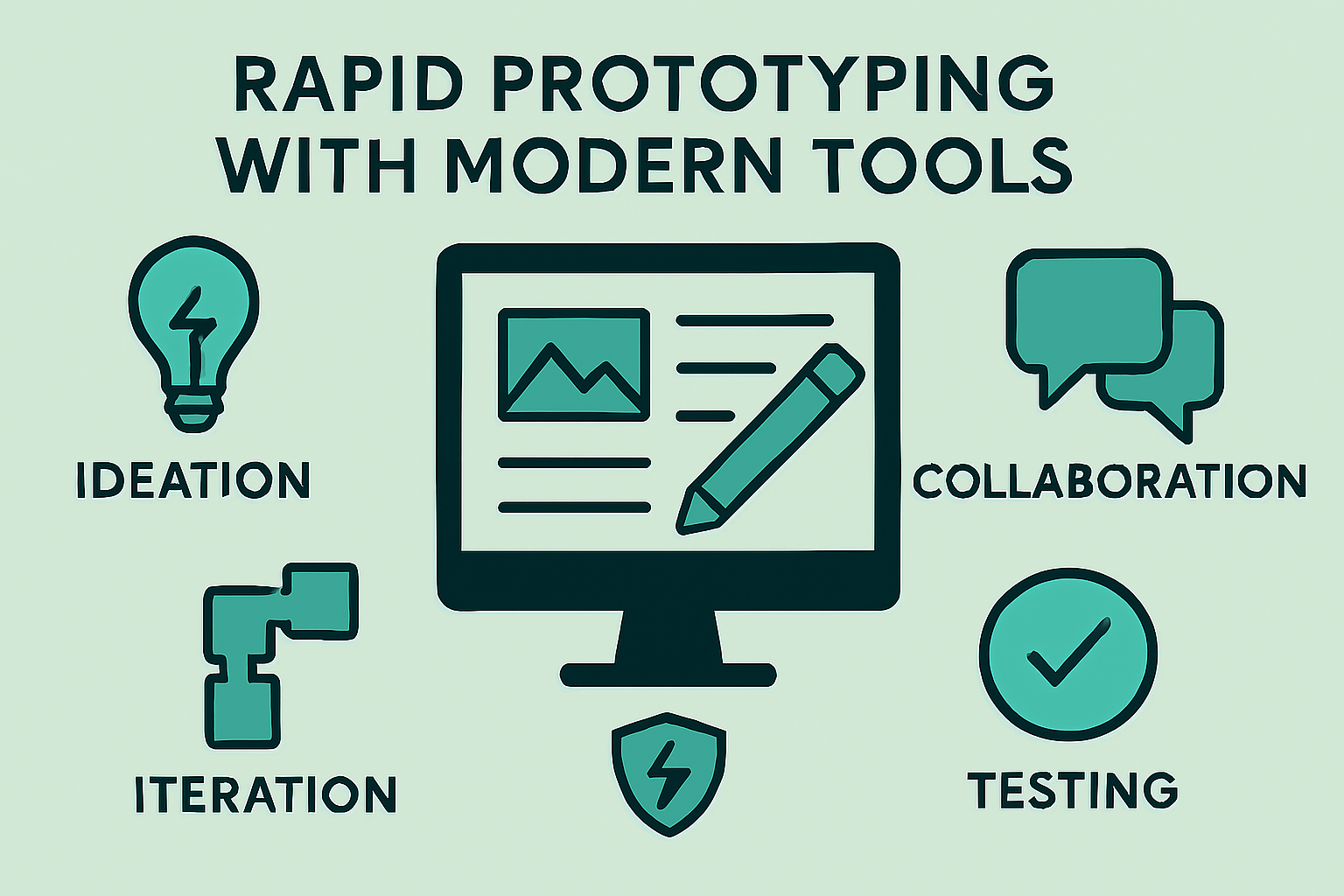In fast-moving markets, the ability to turn an idea into a tangible, testable prototype quickly can make or break product success. Rapid prototyping isn’t just about speed—it’s about learning early, minimizing risk, and aligning teams around a shared vision.
What Is Rapid Prototyping?
Rapid prototyping is the process of quickly building a working model of a product or feature to explore ideas, test functionality, and gather feedback. Unlike a polished final product, a prototype is intentionally incomplete—built just enough to validate key assumptions.
There are different fidelity levels:
Low-fidelity: Sketches, wireframes, clickable mockups
Mid-fidelity: Interactive UI prototypes with limited logic
High-fidelity: Working code prototypes with real data and flows
Why It Matters in Product Engineering
Traditional development cycles can take months before users see anything. That’s a risky bet. Prototyping flips that model by enabling earlier visibility.
Key benefits:
Validate ideas before investing heavily
Spot UX flaws or logic gaps early
Align stakeholders and reduce rework
Foster collaboration between designers, developers, and PMs
It also builds momentum and helps teams stay user-focused rather than tech-focused.
Modern Tools That Accelerate Prototyping
Today’s tools reduce both the time and skill needed to build a prototype. The right stack depends on your goal.
Popular tools:
Figma: For low-to-mid fidelity UI and user flows
Framer, ProtoPie: For rich interactive prototypes
Bubble, Webflow: No-code platforms for high-fidelity, near-production apps
React + Storybook: For developers building frontend components quickly
Postman + Swagger: For mocking APIs and simulating backend logic
By mixing visual tools with real code, teams can find a balance between speed and realism.
When to Use It
Rapid prototyping is ideal for:
New product ideas or MVPs
Redesigns of existing features
Pitching concepts to stakeholders
Usability testing before development
But it’s important to treat prototypes as throwaways—they’re for learning, not long-term maintenance.
Conclusion
Rapid prototyping with modern tools empowers product teams to experiment boldly and fail fast—without burning time or budget. It brings clarity to ambiguity, puts users at the center of the process, and helps transform ideas into impactful products. The faster you prototype, the sooner you learn—and that’s what drives real innovation.





